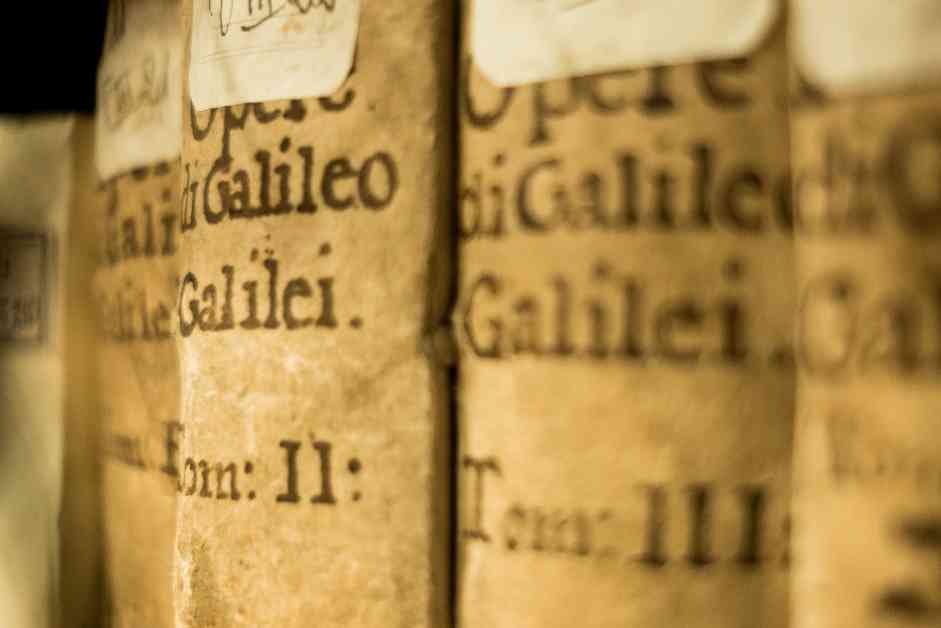Decades ago, the University of Michigan Library proudly held a letter believed to be written by the renowned Italian scientist, Galileo Galilei. This letter, which contained sketches of Jupiter’s moons, was acquired by the library in 1938 and was considered a valuable piece of evidence showcasing Galileo’s revolutionary ideas about planetary motion.
However, suspicions arose about the authenticity of this letter, leading historian Nick Wilding to delve into the mystery. Wilding, a history professor at Georgia State University, questioned why such an important document would end up in Michigan instead of the main archives in Florence. This curiosity led him to suspect that the letter might be a forgery created by Tobia Nicotra, a notorious Italian counterfeiter known for his intricate fakes.
Upon analyzing the handwriting in the letter, Wilding noticed discrepancies that raised red flags. He explained that during Galileo’s time, different styles of handwriting were used for drafts and final copies. The fact that the Michigan letter displayed Galileo’s finest handwriting, typically reserved for final copies, instead of a draft, added to the suspicion of its authenticity.
Further investigation into the watermark on the letter revealed that it belonged to a paper maker from the eighteenth century, indicating that the letter was not as old as it claimed to be. Wilding’s findings ultimately led to the conclusion that the letter was indeed a forgery, agreeing with Michigan officials.
This case sheds light on the world of historical document forgery, where scammers like Nicotra sought financial gain by creating fake autographs and letters. The appeal of such questionable items to collectors often lies in the excitement of possessing a piece of history, sometimes overlooking the authenticity of the object.
The implications of forging historical documents go beyond financial gain, as these counterfeit items can damage the integrity of scientific archives. By erasing or altering authentic documents, forgers like Nicotra disrupt the historical record and undermine the credibility of scientific knowledge.
In a world where facts and historical documentation are crucial, the importance of preserving genuine historical artifacts cannot be overstated. Without these records, our understanding of the past and the progress of science would be severely compromised. It is essential to remain vigilant against forgeries to protect the integrity of our historical heritage.






